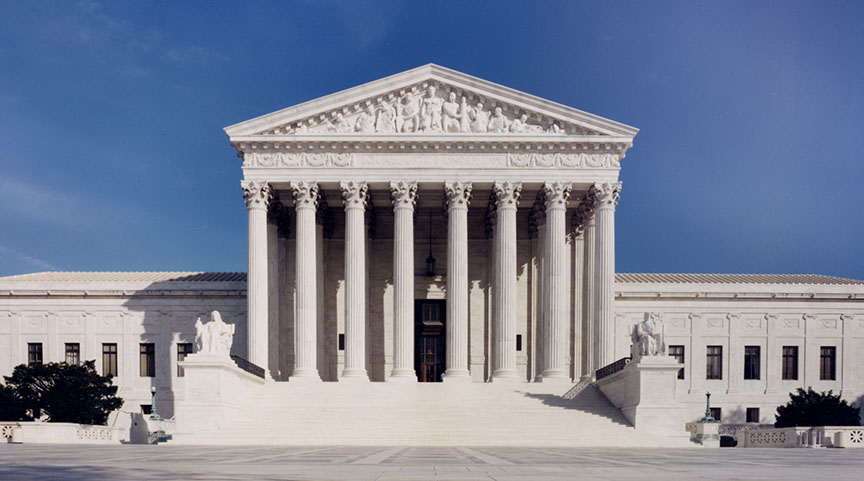The United States Supreme Court building (Photo courtesy of the Supreme Court of the United States)
Tribal members across South Carolina are watching a U.S. Supreme Court case that could determine how Native American children are fostered and adopted when they’re removed from their homes.
The Supreme Court heard arguments in the Haaland v. Brackeen case on Nov. 9.
A decision in that case — which is the consolidation of four separate cases — could overturn the Indian Child Welfare Act.
“The Indian Child Welfare Act was created by Congress in 1978 to protect the best interests of American Indian children and keep Indian families together,” said Lydia Locklear, the deputy tribal attorney for the Catawba Nation.
Through the welfare act, tribes are notified when a child that is a member or potential member of the tribe is removed from their homes to be placed somewhere else. This allows the tribe to get involved in the case and place the child with family or other tribal members.
Overturning the act would mean that tribes don’t have to be notified and prevent them from intervening in cases.
One argument against the act is that it is a race-based law that discriminates against non-native people.
Chief Buster Hatcher of the state-recognized Waccamaw tribe agrees.
“If you find a couple that loves that child … that will take care of that child and treat it properly, whether they’re white, red, green or purple doesn’t make a difference,” he said.
Native American isn’t just a racial classification, though. It’s a political classification as well.
“Indian tribes are sovereign governments,” Locklear said. “They’re political entities. … And when we’re talking about these federal laws, they’re not passed on the basis of race. ”
Tribal nations have an interest in their citizens and children the same way the United States government has an interest in their citizens, she said.
Another argument against the act is that it puts the tribe’s interests first, rather than the child. Locklear doesn’t agree.
“The best interest of the child is usually to be placed somewhere in their family,” she said. “So maybe the parents messed up and they’re not the right placement for that child right now, but maybe their grandma is.”
And the best interest of the child and the tribe’s rights don’t have to be two separate issues either, Locklear said. They can co-exist.
Keeping Native children within their families, communities and culture is the goal, she said.
Hatcher doesn’t think keeping native children with native families is the most important thing, though, and shouldn’t be a necessary criteria when placing a child with a family.
“If a child is given to a family that can involve them in the culture … that’s a factor,” he said. “I don’t think that’s important enough to override the welfare of the child”
If the best interest of the child is to be placed with family members then that’s great, but “just because someone is Indian doesn’t make them a good parent,” Hatcher said.
The decision will impact not just children but their families as well, Locklear said.


